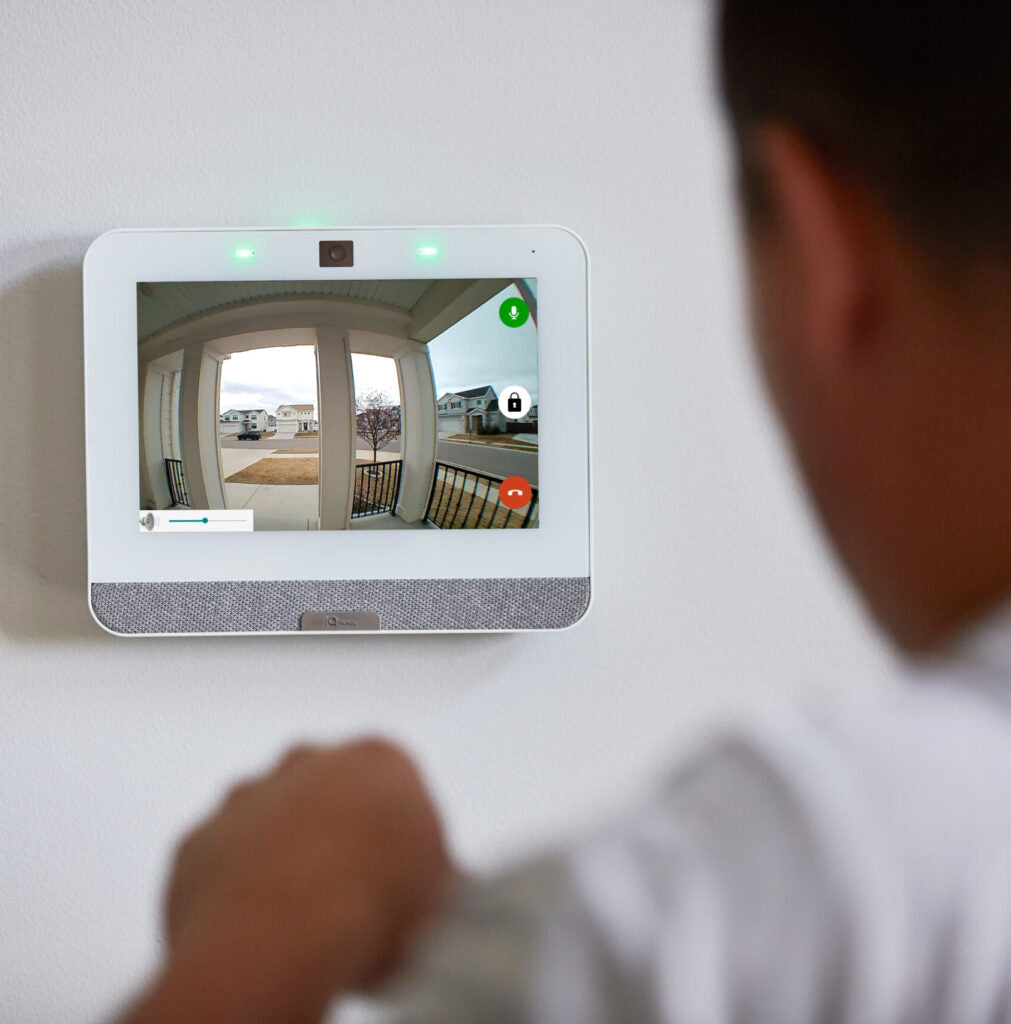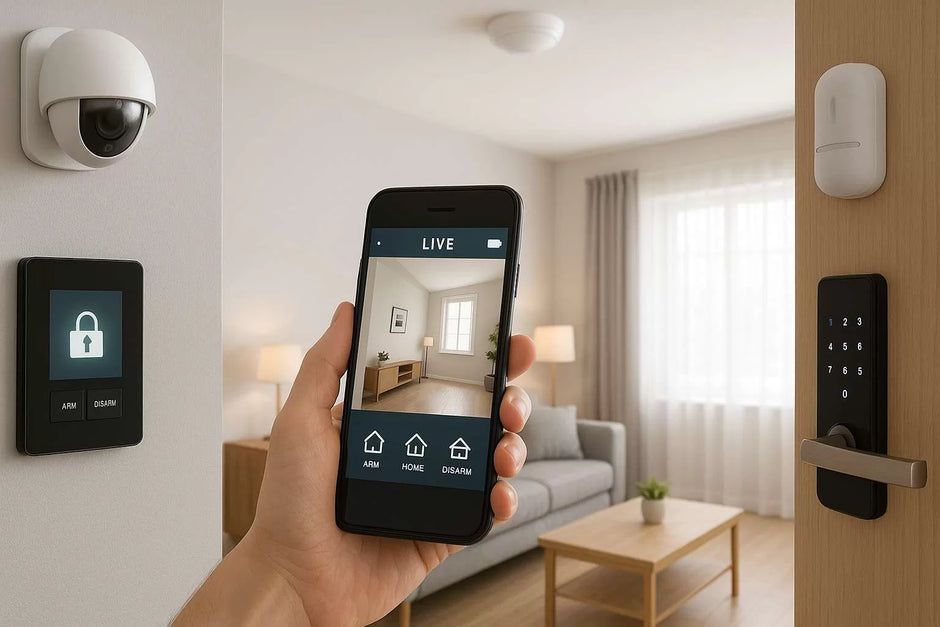Is Your Home Safe? Make Sure Smoke and Carbon Monoxide Detectors Are Up to Code
Home safety isn't just about locks and alarms—it's also about preparing for emergencies like fires and carbon monoxide leaks. Smoke detectors and carbon monoxide (CO) detectors are essential tools that save lives every year. But simply having them isn't enough—they need to be installed correctly and maintained to meet local building codes and maximize protection.
Here’s what you need to know to ensure your home is up to code.
Why Proper Placement Matters
Smoke and carbon monoxide detectors alert you to invisible, deadly threats. Smoke inhalation is a leading cause of fire-related deaths, and CO is a colorless, odorless gas that can be fatal in minutes. Proper placement gives you the earliest possible warning, which can make the difference between life and death.
General Code Requirements (U.S. Based)
While local codes may vary slightly, most follow the guidelines from the National Fire Protection Association (NFPA) and International Residential Code (IRC).
Smoke Detectors
-
Inside every bedroom
-
Outside each sleeping area (e.g., in a hallway)
-
On every level of the home, including the basement
-
Should be mounted on the ceiling, or high on the wall (4–12 inches from the ceiling)
-
Keep 10 feet away from cooking appliances to reduce false alarms
Carbon Monoxide Detectors
-
Outside each sleeping area, typically in the hallway
-
On every level of the home, including the basement
-
Required if you have any fuel-burning appliances (gas stove, furnace, fireplace, etc.) or an attached garage
-
Ideally placed at knee-height (close to the breathing zone while sleeping) or on the ceiling if part of a dual smoke/CO unit
Combination Units
Some models combine smoke and CO detectors in one device. These are convenient but must still be installed in locations that meet the guidelines for both types of detection.
Additional Best Practices
-
Interconnect detectors so if one sounds, they all do. This is especially important in multi-story homes.
-
Test alarms monthly and replace batteries every 6–12 months (unless using 10-year sealed battery models).
-
Replace smoke detectors every 10 years, and CO detectors every 5–7 years.
-
Keep detectors free from dust and debris, and never paint over them.
-
Follow manufacturer instructions—they may include specific mounting heights or placement restrictions.
Local Code Check
Before installation or a home sale, check with your local fire department or building inspector to confirm compliance with:
-
State or municipal fire codes
-
Landlord/tenant regulations
-
Home sale inspection requirements
Some areas have stricter rules, especially for rental properties or older homes undergoing renovations.
Final Thoughts
Making sure your smoke and carbon monoxide detectors are correctly placed and in working order isn’t just a code requirement—it’s a critical part of protecting your home and family. Take a few minutes today to walk through your home, check detector placement, and test each unit. A little preparation can go a long way in preventing tragedy.








